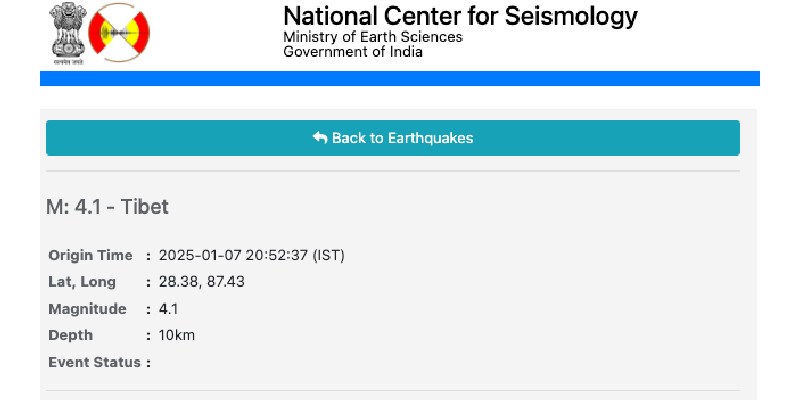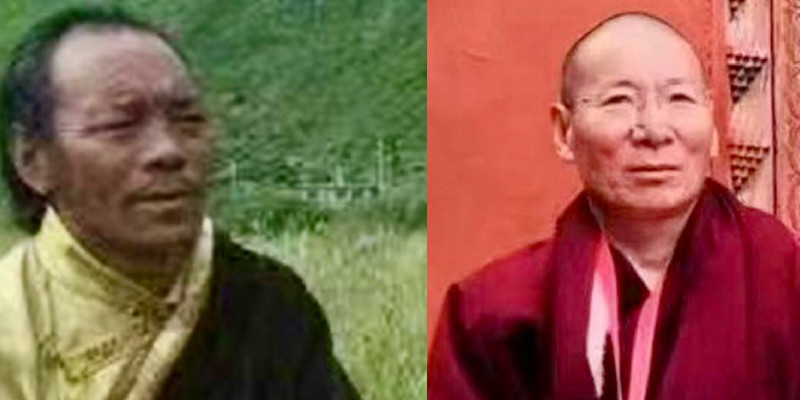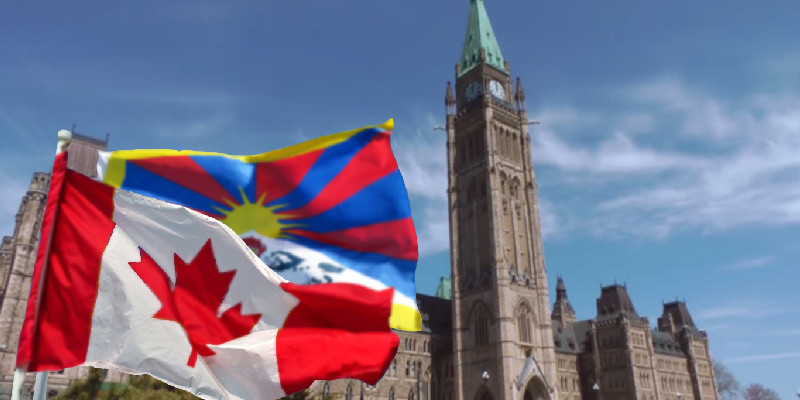As the year 2017 sets to bid adieu, India finds itself in an awkward position with the annual statistics of 12 journalists either murdered or killed in suspicious situations. The populous country, known as the largest democracy in the globe, thus emerges as one of the hazardous place for media persons across the world after Mexico, Syria, Iraq, Afghanistan, Pakistan, Yemen, Somalia etc.
India’s troubled neighbor Pakistan lost seven professional journalists and a media student to assailants in the year. On the other hand, its other neighbours namely Bangladesh, Myanmar and Maldives witnessed the murder of one scribe each in the last 12 months. However the tiny neighbours like Sri Lanka, Bhutan, Nepal and Tibet (now under Chinese occupation) evaded journo-killing incidents during the period.
The killing spree of media persons in India started with Hari Prakash (on January 2) and by the end of 2017 the country lost Brajesh Kumar Singh (January 3), Shyam Sharma (May 15), Kamlesh Jain (May 31), Surender Singh Rana (July 29), Gauri Lankesh (September 5), Shantanu Bhowmik (September 20), KJ Singh (September 23), Rajesh Mishra (October 21), Sudip Datta Bhaumik (November 21), Naveen Gupta (November 30) and Rajesh Sheoran (December 21).
On an average the South Asian nation loses five to six journalists annually to assailants, where the perpetrators normally enjoy impunity as the public outbursts against those murders remain lukewarm. However the horrific murder of Kannada editor-journalist Ms Gauri at her Bangaluru (earlier known as Bangalore) residence sparked massive protests across the country.
As the news of Gauri’s murder by unidentified gunmen spread, it immediately caught the attention of various national and international media rights organizations. Everyone outrightly condemned the incident and demanded actions against the culprits. Even the Communist leader and Tripura chief minister Manik Sarkar was also influenced by the protest-demonstrations.
He personally joined in a rally at Agartala demanding justice over Gauri’s brutal killing, but when the young television reporter from his State fall prey to a mob violence, he preferred to remain silent. The Tripura based journalists, while strongly condemning the murder of Shantanu, had to demand a response from Sarkar.
Later one more journalist’s (Sudip Datta) murder, also by a trooper belonged to the State police forces put Sarkar in an uncomfortable position. The otherwise popular chief minister, who also holds the State home portfolio, was accorded with blames that Tripura had earlier witnessed the murder of three media employees Sujit Bhattacharya, Ranjit Chowdhury and Balaram Ghosh together in 2013. Otherwise, the central Indian States like Jharkhand, Bihar, Madhya Pradesh, Uttar Pradesh, Haryana etc remained the killing field of journalists for years and most of the journo- casualties were reported from the zone. Shockingly most of the cases were not resolved legally and the victim families continue crying for justice against their irreparable losses.
India is ranked 136th among 180 countries in World Press Freedom Index (2017) of Reporters Sans Frontiers and the country is just ahead of its neighbours Pakistan (139), Sri Lanka (141) and Bangladesh (146). Norway tops the list of media freedom index, where as one party-ruled North Korea (180) is placed at its bottom. India’s other neighbours namely Bhutan (84), Nepal (100), Maldives (117), Afghanistan (120) and Myanmar (131) ensure better press freedom.
Pakistan lost seven journalists namely Muhammad Jan (January 12), Taimoor Khan (February 12), Abdul Razzaque (May 17), Bakshish Ellahi (June 11), Haroon Khan (October 12), Samar Abbas & Utpal Das (untraced after abduction for many months now) along with a novice scribe (Mashal Khan) to assailants, whereas Bangladesh witnessed the murder of rural reporter Abdul Hakim Shimul on February 3. Relatively peaceful Myanmar reported one journo-murder (Wai Yan Heinn) on April 16 and Maldives drew the attention of international media with the sensational killing of Yameen Rasheed, a journalist & human rights defender on April 23.
According various international agencies over 95 media persons spread in 28 countries were killed in connection with their professional works since the beginning of 2017. The statistics were however more dangerous in previous years (120 fatalities in 2016, 125 killed in 2015, 135 in 2014, 129 in 2013, 141 in 2012, 107 in 2011, 110 in 2010, 122 in 2009, 91 in 2008 etc).
The situation got deteriorated in Mexico (14 incidents of journo-killings), Syria (12), Iraq (9), Afghanistan (8), Yemen (8), the Philippines (6), Somalia (5), Honduras (4), Honduras (4), Nigeria (3), Russia (3), Turkey (3), Yemen (3), Guatemala (2), Peru (2),
Dominican Republic (2), Colombia (2) etc emerged as the most dangerous countries for professional journalists in the bygone year.
The year also witnessed 262 journalists sent to the jails in different countries with slight improvement than in 2016 when 259 media persons got imprisoned worldwide. According to the Committee to Protect Journalists, Turkey still tops the list of detainees in 2017 with 73 scribes behind bars followed by China (41), Egypt (20), Eritrea (15), Vietnam (10), Azerbaijan (10), Uganda (8), Saudi Arabia (7), Bangladesh (4), Myanmar (3), Cambodia (2), Pakistan (2), India (2)
etc.
In 2016, India witnessed the targeted killings of six working journalists, which was preceded by five cases in 2015. The country
improved its statistics in 2014 with the murders of only two scribes, but the year 2013 reported the killings of 11 journalists including three media workers in northeast India.
The vibrant Indian media fraternity observed an unusual Gandhi Jayanti (birthday of India’s Father of the Nation, Mahatma Gandhi) on October 2 this year to raise voices for ensuring safety, security and justice for working journalists across the country. Different press clubs, media bodies and civil society organisations also organized various demonstrations in support of their demands.
The vulnerable media community of the one-billion nation continues pursuing for a national action plan to safeguard the media persons in the line of military, police and doctors on duty. Their arguments are loud & clear, if the nation wants the journalists to do the risky jobs for the greater interest always, their security along with justice must also be ensured.







Leave a Reply